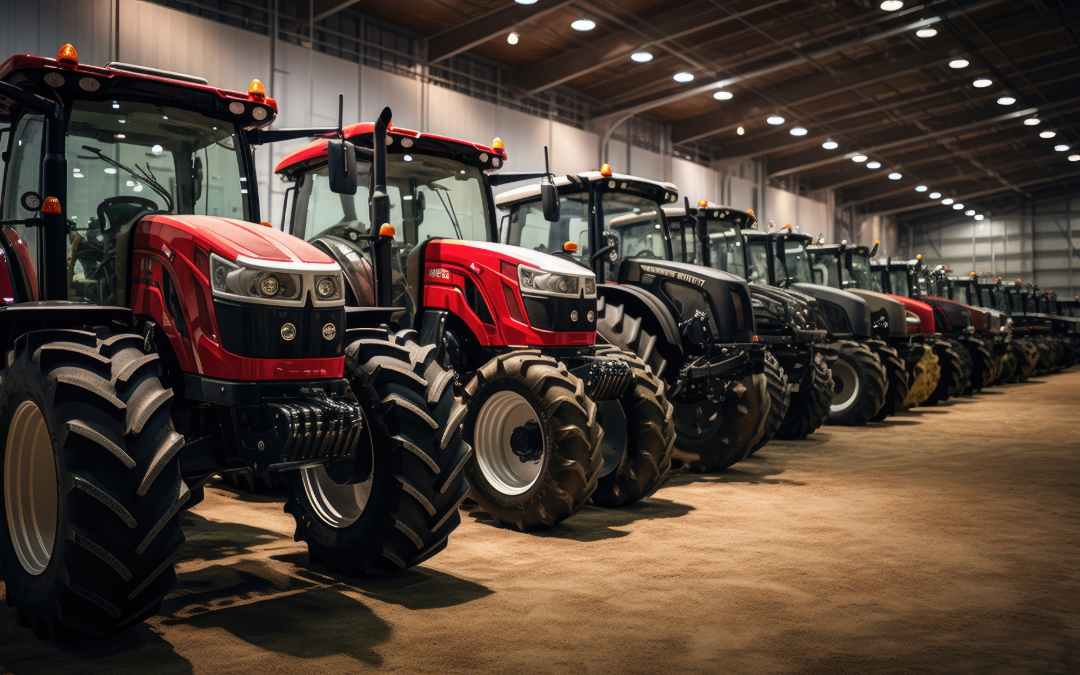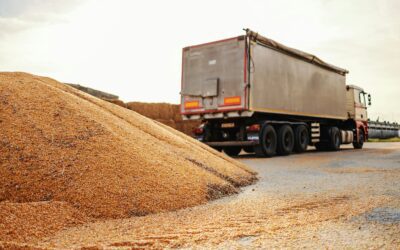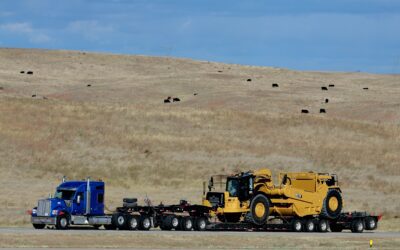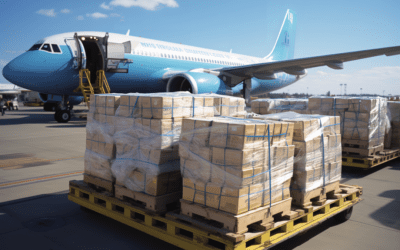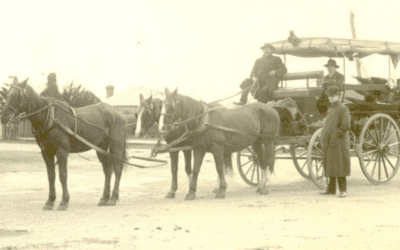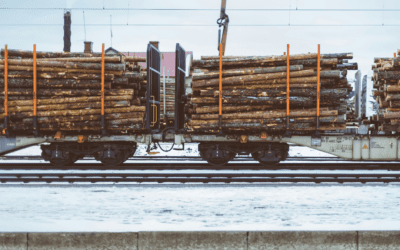The global market for farming equipment has seen significant growth due to the need for modernized agricultural practices and technological advancements in farming machinery. According to EMR, the global agriculture equipment market size reached approximately $178.22 billion in 2023. The industry is also projected to grow at a CAGR of 5.6% between 2024 and 2032. North America is the top country with growth in this sector, primarily due to having major market players such as Deere & Company, AGCO Corporation, and Kubota Corporation.
Article Overview:
Empowering farmers in modern agriculture
The expansion of the industry requires farmers to depend on reliable shipping to transport their produce and machinery. Farming technology has modernized the agriculture sector and is vital for domestic needs and food supply.
The United States government, along with related organizations, has played a significant role in the growth of the farming machinery equipment industry.
The USDA offers multiple grants to help streamline agricultural technology and ensure farmers stay ahead of the curve. These grants include the Renewable Energy & Energy Improvement Grant, Value-Added Producer Grant, and the Simplified Equipment Only Grant, which funds new equipment purchases of up to $250,000.

Export farm equipment with the right documentation
Exporting agricultural farm machinery and equipment requires compliance with a multitude of international trade laws and regulations. While regulations can become more complex throughout different countries, here is a list of the main agricultural trade documentation that can affect exports of farming equipment:
- Export Declaration Filing (EDF)
The EDF contains information such as the exporter’s name, address, identification number, the consignee’s name, address, and destination country, along with many other information. The EDF generates the proof of filing citation or the exemption legend, requiring an annotation on the bill of lading or other commercial loading documents.
- Export License (EL)
The Bureau of Industry and Security (BIS) or other federal agencies issue the export license in order to authorize the export of farm machinery and equipment that is subject to export controls. The EL is required to be presented to the U.S. Customs and Border Protection (CBP) and the carrier at the time of the export.
- Bill of Sale (BOS)
The exporter issues this document to the consignee when confirming the transfer of ownership and the payment of the goods. The BOS is used to prove the origin and the value of the goods for customs.
- Packing List (PL)
The Packing List is used during the loading and unloading of equipment by the carrier, as well as during the CBP and foreign customs. The information on packaging and the goods being in transit is present in the document.
- Transportation Documents (TD)
These documents include the bill of lading, the air, road, rail, or multimodal waybill, depending on the transportation mode. Internationally, a transportation waybill issues a receipt for goods and serves as evidence of the contract of carriage. The carrier issues the Transportation Document (TD) to the exporter for tracking, tracing, and delivering the goods.
Top farm equipment manufacturers
John Deere was founded in 1837 and has grown to become one of the world’s largest farm machinery manufacturers. The company’s headquarters is in Moline, Illinois, and operates in over 30 countries. John Deere farm machinery has an extensive range of products, including tractors, combines, sprayers, and balers.
With a global presence in more than 160 countries, Case IH, headquartered in Racine Wisconsin, is a leading developer in modern farm machinery and agriculture. For over 175 years, Case IH has earned a reputation for advancing farming tractor equipment and harvesters. They have contributed to the modernization of agriculture with new technologies and equipment such as MagnaPower™ and PowerFlex Trax™.
With headquarters located in New Holland, Pennsylvania, this innovative company has a diverse range of equipment, winning several awards for its engineering and technology. New Holland was founded in 1895 and is committed to providing industry-leading solutions for productive and sustainable agriculture.
Caterpillar Inc. serves various industries such as construction, mining, energy, and rail. Currently, their headquarters are in Irving, Texas and they are noted for durable and high-performance machinery. In 2022, they announced the launch of their first electric farm machinery, the 793 Large Mining Truck, which further accelerates their sustainability commitments.
Headquartered in Duluth, Georgia, AGCO is committed to creating new farming tech that’s favorable for farmers. During 2022, AGCO’s net sales were approximately $12.7 billion. Their equipment, ranging from tractors to sprayers, delivers agronomic value to farmers and furthers a more sustainable future by increasing yield and minimizing impacts that affect farmers.

From compact to colossal
Handling farm machinery’s size and complexity requires dedicated logistics solutions for oversized loads and secure transportation. When it comes to determining if agriculture equipment is oversized, it’s important to note that the size of the equipment can vary significantly and depends on the specific needs. For example, a combine may fit onto a flatbed but not a step deck, the same can be said about any farm equipment that’s being transported.
Typically, for oversized loads, the legal height limit is 8.5 feet, while the standard legal length is 48 feet. However, certain states allow lengths of up to 53 feet, and the maximum weight limit by state is approximately 46,000 pounds.
- Tractors:
Shipping an overdimensional load, such as a tractor or excavator, requires a state over-dimensional permit. Another factor that plays a role in oversized loads is evaluating weight restrictions during transport. The DOT assesses the weight per axle, so while it’s common to have load weight within the legal limits, some may fail the weight per axle.
For example, the world’s largest agricultural tractor, the Big Bud 747, weighs over 95,000 pounds, easily making it an overweight load. However, its length of 27 feet and its height 14 feet are within legal dimensions.
- Planters:
Planters come in various sizes, ranging from 6-rows to a substantial 48-row, such as the John Deere DB120 planter. This planter, for example, is 62 feet long with a 15-foot diameter, making it an over-dimensional load.
Your partner in agricultural transportation
Rural or remote areas pose a unique challenge for shipping industrial equipment, especially for the agriculture industry. Farming equipment is often large, heavy, and sensitive to weather conditions. Transporting the farming equipment to the destination on time and in good condition can be difficult and complex.
That’s why you need a reliable partner in agricultural transportation. KCH Transportation understands the needs and challenges of transporting industrial farming equipment. Our dedicated team of experts have established relationships with linehaul drivers, who are trained and equipped to handle any type of cargo. We also offer local delivery services, ensuring that your equipment reaches the final destination safely and efficiently.
Contact KCH Transportation today to get a quote on our diverse transportation services that fuel the agriculture industry!

